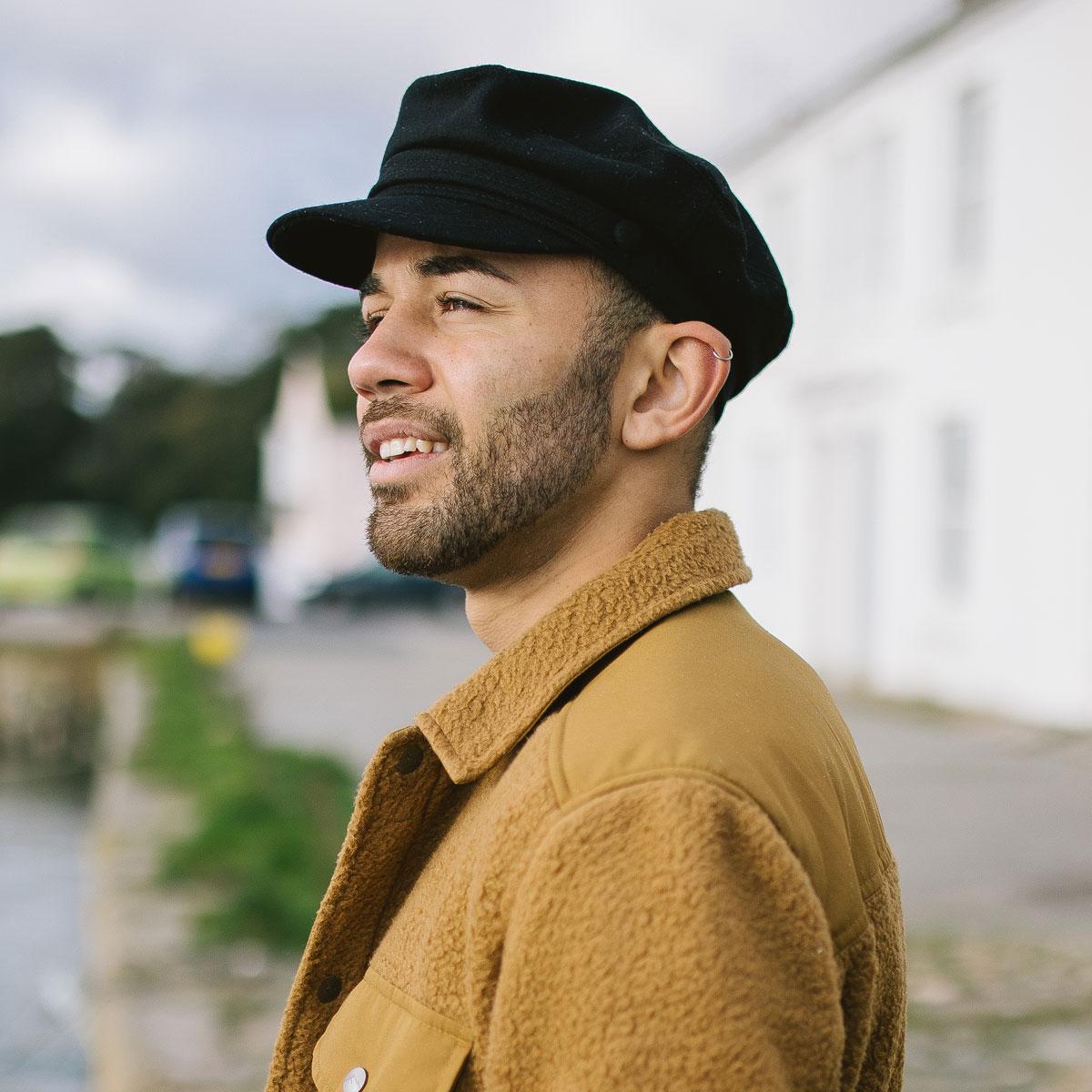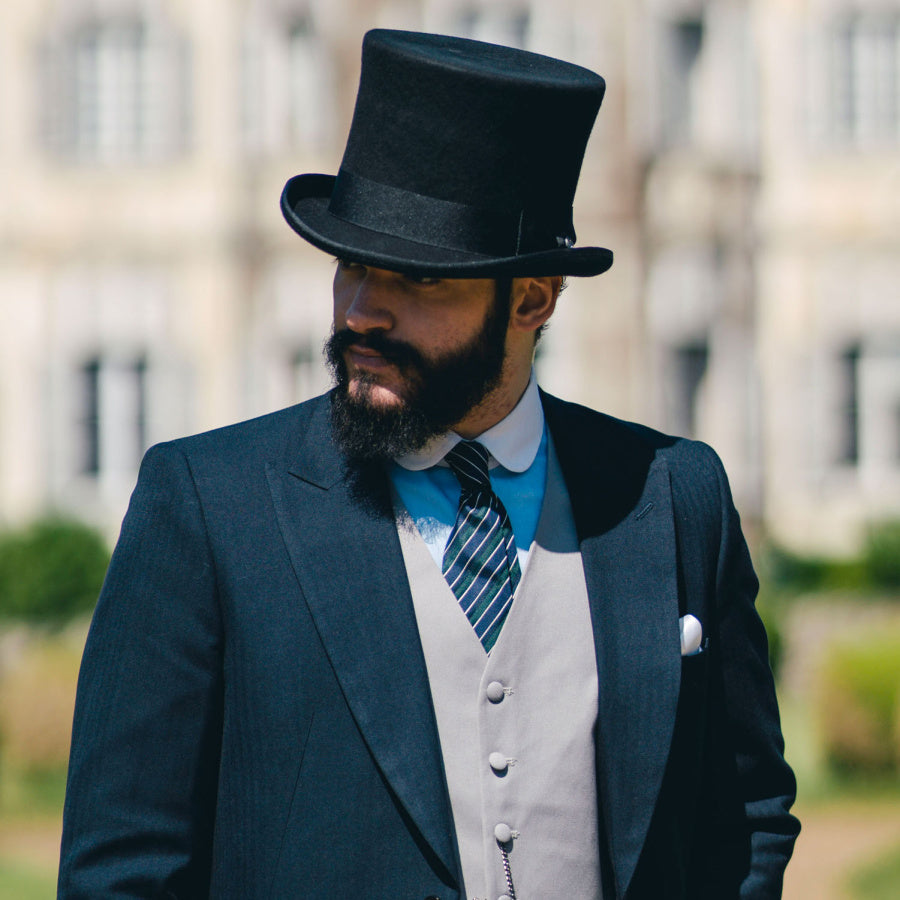All about the hat styles that have stood the test of time and remain classics today.
More to come - check back soon!
-

The Flat Cap
Read MoreFlat Caps - variably known as and including Ivys, Newsboys, Baker Boys, Driving Caps, Golf Caps, English Caps, Eight-quarter Caps, etc.– date to pre-World War I and are historically associated with the working classes. The English-born Kangol 504 cap helped revitalize this style in the mid to late 1990s and the rest, as they say, is history.
-

The Baseball Cap
Read MoreThe baseball cap is an American icon. It is, in fact, theonlyhat style that is an American creation. Its popularity in the United States received a big boost in the era of Babe Ruth, when baseball fans wore the cap as a badge of identification with their favorite team. In the late 1980s and early 1990s, the baseball cap became a fashion statement.
-

The Fedora Hat
Read MoreHumphrey Bogart, James Cagney, Clark Kent, and FDR - the Bowler and the Top Hat disappeared at the drop of a hat. For most of the 20th Century, up until about 1960 when John F. Kennedy took off his hat at his presidential inauguration, men were not considered dressed for work without a hat.
-

The Greek Fisherman/Fiddler Cap
Read MoreThe Greek Fisherman Cap - also known as Fiddler Cap, Mariner's Cap, Skipper's Cap, Breton Cap, or Brando Cap - is an everyday cap with nautical origins popularized in Greece around the 1800s. Originally worn as inexpensive and practical workwear by fisherman, sailors, and factory workers, the Greek fisherman cap has gained a foothold in popular culture and remains a classic.
-

The Beret
Read MoreAlthough worn as military headgear in ancient Greece, the modern origin of the beret is traced to the Basques, people living on both the French and Spanish sides of the Pyrenees Mountains. Few items of clothing have been adopted by so many varied groups of people living in different periods of history as the beret.
-

The Bowler/Derby Hat
Read MoreWhen you picture Laurel and Hardy, Charlie Chaplin, a Rene Magritte work of art, the four major characters in Samuel Beckett's "Waiting for Godot", or a well dressed British banker, a Bowler Hat (also known as a Derby) almost certainly comes to mind. The bowler, perhaps like no other hat before or since, stands unambiguously as a symbol for an age, a passage in western civilization.
-

The Western/Cowboy Hat
Read MoreAlthough associated with the American West, the Cowboy Hat, arguably, is not an American creation. Arguably because there is no doubt that hats with big brims and large crowns had been popular in Mexico, coming to Mexico from Spain, well before "the American West was won."
-

The Panama Hat
Read MoreA "Panama" hat is a reference to the straw material that a hat is made from. It is neither a style nor a quality, but simply a hat - in any style and of any quality - made from the plantCarludovica palmata(aka "Toquilla palm"), which grows in the coastal lowlands of western South America (not Panama). Therefore, genuine "Panama hats" come in a range of styles, colors, and qualities - all artisanally handwoven using Toquilla palm straw.
-

The Top Hat
Read MoreThe top hat traces its origins to the tall sugar loaf hats of the late Middle Ages and Renaissance. After an 18th Century hiatus the high hat, in its new iterations, most notable the stove pipe shape that we now know as the top hat, returned to rule the day in the very late 1700s. Today, it is brought out for special occasions such as prom, weddings, and horse races.









